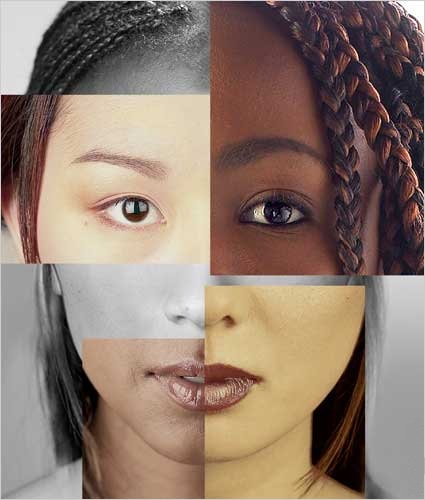‘Mejorar la Raza’: An Example of Racism in Latino CulturePosted in Anthropology, Articles, Caribbean/Latin America, Latino Studies, Media Archive on 2015-11-18 02:57Z by Steven |
‘Mejorar la Raza’: An Example of Racism in Latino Culture
Latino Voices
Huffington Post
2015-06-15
Maria Alejandra Casale-Hardin
University of California, Hastings, Law Class of 2018
 Samuel Lange Zambrano portraying a 9-year-old Venezuelan boy obsessed with straightening his hair in the 2013 film Pelo Malo. |
‘Mejorar la raza’ is a common phrase used in Latin American countries, which means ‘improve the race.’ It implies that you should marry or have children with a whiter person so you’ll have better-looking kids. The phrase is used by people of any race without much thought. A year ago, a Facebook post by a Latina living in Europe started a heated argument about the history of whitewashing in Latin America. She said ‘mejorar la raza’ to justify the massive rape of Indigenous women by European colonizers. A few hours later, the girl erased the post and dismissed it as a joke. I like to hope she felt embarrassed after being called a racist on social media.
As a child, I heard my aunt asking my cousin to break up with the girl he was dating because he should ‘mejorar la raza’. Her biggest concern seemed to be the girl’s Afro-Latino heritage, “You don’t want to bring ugly kids into the world. What if you have a girl and she comes out with pelo malo?” My aunt thought she was talking some sense into her son. After all, “pelo malo” literally translates to ‘bad hair’ but it really means ‘afro-textured hair.’ She didn’t think she was being racist or mean-spirited, she thought it was her duty to point out how hard her imaginary granddaughter’s life will be if she inherited her mom’s curls…
Read the entire article here.




